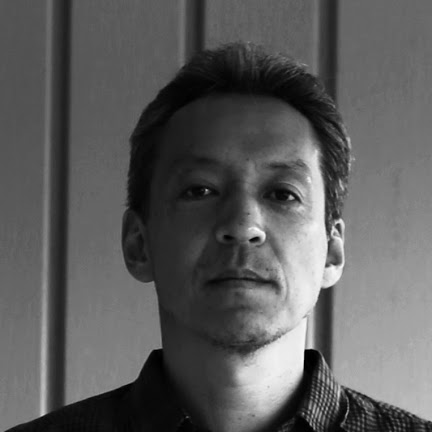Timothy H. Murphy and Dale Corbett
Nature Reviews in Neuroscience 10: 861-872 (2009)
Role of ipsilateral pathways
Although canonical view of sensory and motor processing is that body parts are controlled by neurons in the cerebral hemisphere on the opposite side of the body,
ipsilateral pathways are also present.
(although the redundancy of an unaffected cortex and the potential of ipsilateral pathways seem advantageous, the issues of lateralization and function are potentially complex and reflect both the degree of injury and the extent of recovery)
Diffuse connectivity
- surprisingly widespread intracortical connectivity between related regions of the cortex, ...
Location is everyting in cortical physiology
- much like the demand for a vacant lot in Manhattan, ...
- there is intense competetion for available cortical map territory
- How the remapping of lost function is initiated, and how seemingly stroke-compromised circuits in the peri-infarct cortex can compete and win in what is thought to be an activity-dependent process, is unclear.
---
Synaptic learning rules in recovery
synapse-based learning rules could help to create compensatory circuits after stroke (Fig. 3).
Homeostatic plasticity and Hebbian plasticity mechanisms
There are no direct evidence for their contribution in recovery.

